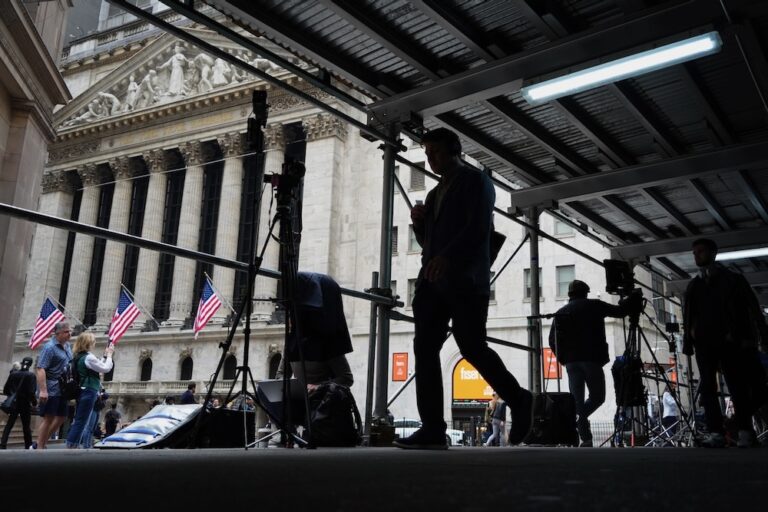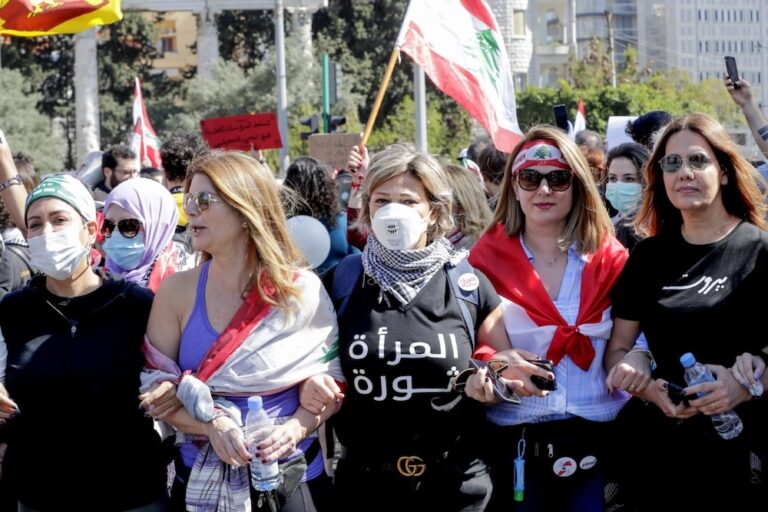With LGBTQI+ events facing harassment and persecution globally, EFF suggests some quick and easy steps to protect yourself physically and keep your data secure at in-person events.
This statement was originally published on eff.org on 9 July 2024.
The end of June concluded LGBTQ+ Pride month, yet the risks LGBTQ+ people face persist every month of the year. This year, LGBTQ+ Pride took place at a time of anti-LGBTQ+ violence, harassment and vandalism and back in May, US officials had warned that LGBTQ+ events around the world might be targeted during Pride Month. Unfortunately, that risk is likely to continue for some time. So too will activist actions, community organizing events, and other happenings related to LGBTQ+ liberation.
We know it feels overwhelming to think about how to keep yourself safe, so here are some quick and easy steps you can take to protect yourself at in-person events, as well as to protect your data – everything from your private messages with friends to your pictures and browsing history.
There is no one-size-fits-all security solution to protect against everything, and it’s important to ask yourself questions about the specific risks you face, balancing their likelihood of occurrence with the impact if they do come about. In some cases, the privacy risks brought about by technologies may actually be worth risking for the convenience that they offer. For example, is it more of a risk to you that phone towers are able to identify your cell phone’s device ID, or that you have your phone turned on and handy to contact others in the event of danger? Carefully thinking through these types of questions is the first step in keeping yourself safe. Here’s an easy guide on how to do just that.
Tips For In-Person Events And Protests
For your devices:
- Enable full disk encryption for your device to ensure all files across your entire device cannot be accessed if taken by law enforcement or others.
- Install an encrypted messenger app such as Signal (for iOS or Android) to guarantee that only you and your chosen recipient can see and access your communications. Turn on disappearing messages, and consider shortening the amount of time messages are kept in the app when you are actually attending an event. If instead you have a burner device with you, be sure to save the numbers for emergency contacts.
- Remove biometric device unlock like fingerprint or FaceID to prevent police officers from physically forcing you to unlock your device with your fingerprint or face. You can password-protect your phone instead.
- Log out of accounts and uninstall apps or disable app notifications to avoid app activity in precarious legal contexts from being used against you, such as using gay dating apps in places where homosexuality is illegal.
- Turn off location services on your devices to avoid your location history from being used to identify your device’s comings and goings. For further protections, you can disable GPS, Bluetooth, Wi-Fi, and phone signals when planning to attend a protest.
For you:
- Wearing a mask during a protest is advisable, particularly as gathering in large crowds increases the risk of law enforcement deploying violent tactics like tear gas, as well as increasing the possibility of being targeted through face recognition technology.
- Tell friends or family when you plan to attend and leave an event so that they can follow up to make sure you are safe if there are arrests, harassment, or violence.
- Cover your tattoos to reduce the possibility of image recognition technologies like facial recognition, iris recognition and tattoo recognition identifying you.
- Wearing the same clothing as everyone in your group can help hide your identity during the protest and keep you from being identified and tracked afterwards. Dressing in dark and monochrome colors will help you blend into a crowd.
- Say nothing except to assert your rights if you are arrested. Without a warrant, law enforcement cannot compel you to unlock your devices or answer questions, beyond basic identification in some jurisdictions. Refuse consent to a search of your devices, bags, vehicles, or home, and wait until you have a lawyer before speaking.
Given the increase in targeted harassment and vandalism towards LGBTQ+ people, it’s especially important to consider counterprotesters showing up at various events. Since the boundaries between parade and protest might be blurred, you must take precautions. Our general guide for attending a protest covers the basics for protecting your smartphone and laptop, as well as providing guidance on how to communicate and share information responsibly. We also have a handy printable version available here.
LGBTQ+ Pride is about recognition of our differences and claiming honor in our presence in public spaces. Because of this, it’s an odd thing to have to take careful privacy precautions to keep yourself safe during Pride events. Consider it like you would any aspect of bodily autonomy and self determination – only you get to decide what aspects of yourself you share with others. You get to decide how you present to the world and what things you keep private. With a bit of care, you can maintain privacy, safety, and pride in doing so.



